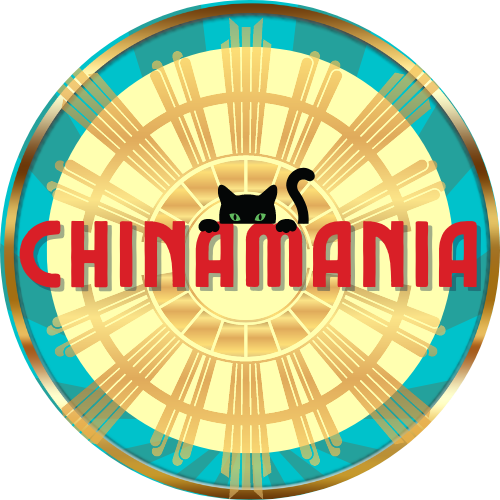Real Old Willow is the most widely collected of all Willow patterns, and was (according to source Beauville Antiques) produced for most of the 20th century, 1901-1999.
As with most porcelain (but not all!), the older and the rarer, the more desirable. Fortunately for those of us who wander around flea markets, a snoop at the bottom of the item will easily tell you what you're looking at. The first clear divide follows these lines;
- A8025 pattern made post-WW2 (1944-1981)
- 9072 pattern with Made in England stamped on the back (1921-44)
- 9072 pattern with England stamped on the back (1906-21)
Of course the devil is in the detail. In reverse date order,
- The A8025 has
- A version of inner trelliswork in sepia flanked by sepia bands, as well as,
- A version with gold bands, inner trelliswork in sepia and a gold rim
 According to my research the sepia version was introduced first on the 9072 post 1926* and concurrently with the gold version due to the gold shortage as well as the version with gold rims & bands. Thus the later 9072 version has three divides,
According to my research the sepia version was introduced first on the 9072 post 1926* and concurrently with the gold version due to the gold shortage as well as the version with gold rims & bands. Thus the later 9072 version has three divides,- A sepia version &
- A sepia/gold version (again 1926ish-44 approx) and
- An earlier all gold version (1921-30ish approx - both trellis work and bands).
The earliest version of 9072 (1906-21) - stamped England - is all gold.The two golden versions are the most highly prized.
As a point of interest, Booths acquired Colclough (a big fish in the china world) in 1944, but were then acquired themselves in 1955 by a bigger fish who already owned Ridgways. In 1981 they closed completely and their willow ware pattern was adopted by Royal Doulton until 1999.
- Davenport Willow

For any serious willow collector, davenport willow (both produced by Davenport pre-1887 and by Booths after the closure) is a prized inclusion. Davenport has a denser pattern than Booths traditional real old willow which means it appears more 'navy blue' than 'royal blue' and it has blue trellis work instead of gold or sepia. Most of the pieces I've seen use the flow blue technique which makes the willow pattern appear intricate whilst beautifully hazy.
* Beauville Antiques discusses the date and mentions 1930 as the beginning of the sepia/gold production. I'm not an expert and wouldn't dispute them unless I had discovered items which clearly contradicted these findings. See the listing for a scalloped gold/sepia side plate with a 3 digit impression 728 (July 1928). This indicates that there was an overlap between the gold, sepia and gold/sepia versions for the second run of Real Old Willow - the one stamped Made in England.
**I said one of the scarcest; they also produced gaudy/coloured Willow under the pattern name "Ye Old Chinese Willow." In addition they had a third blue and white pattern called Georgian Willow which has blue trellis work instead of sepia or gold.
